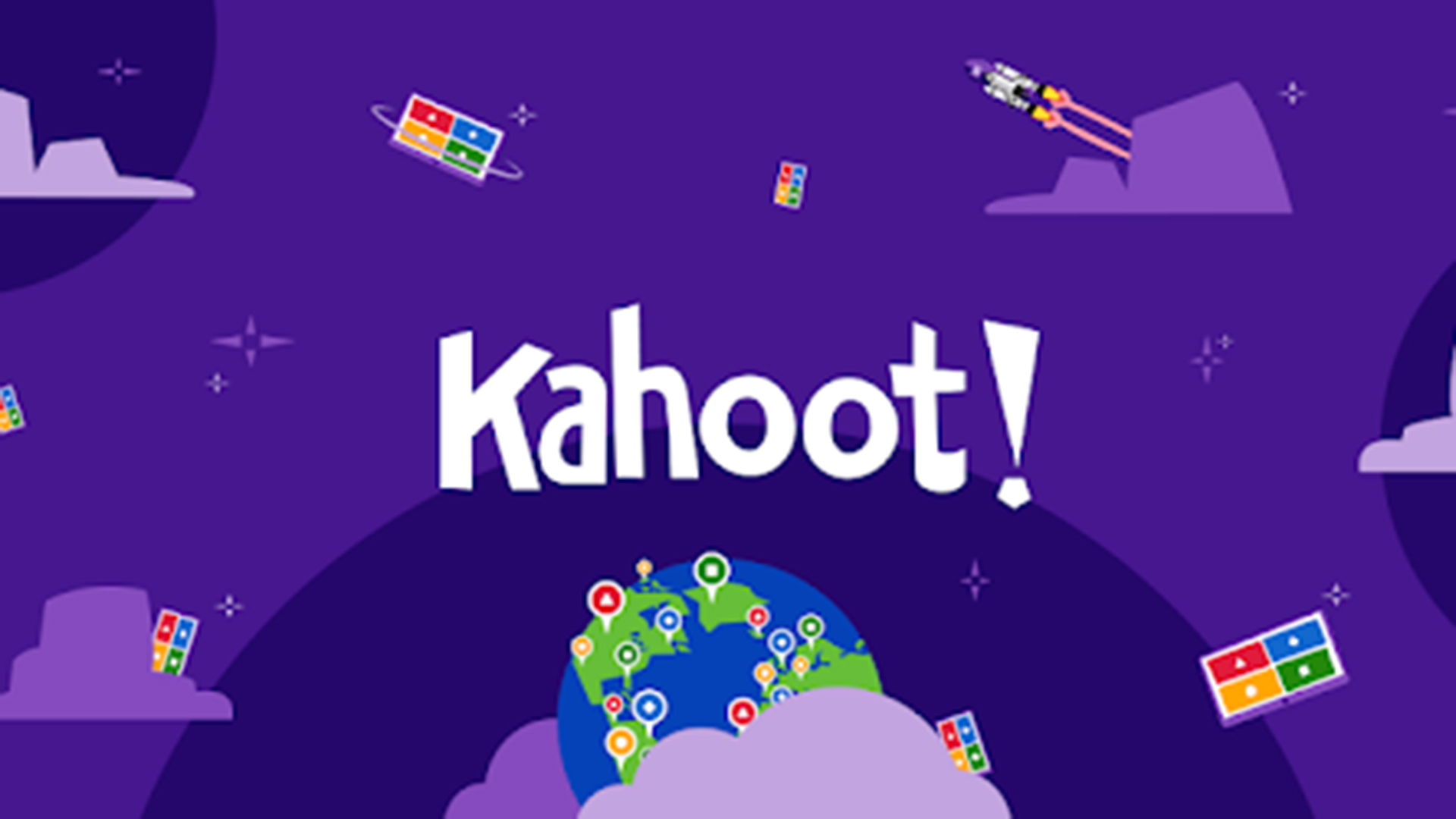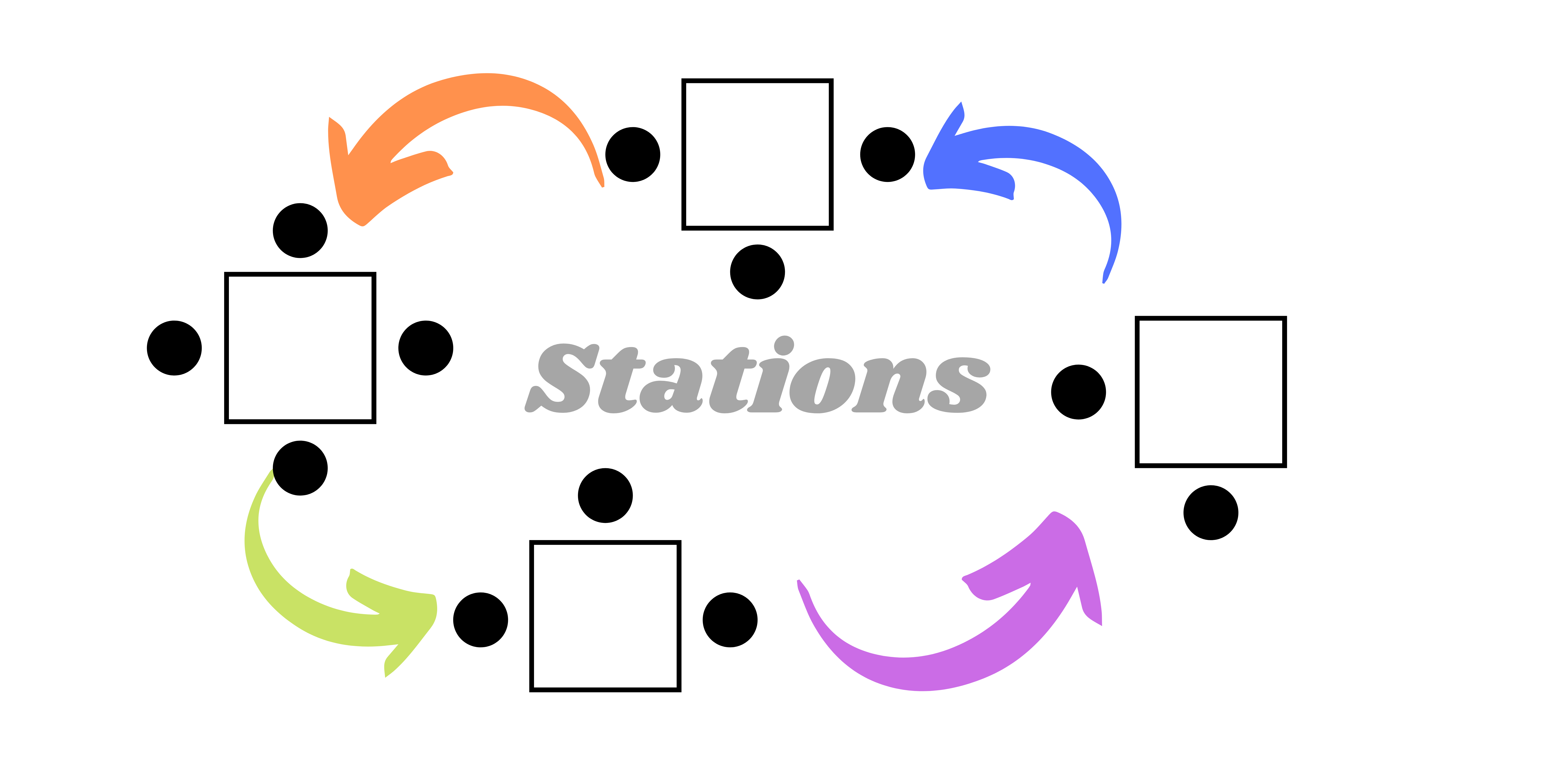


Whether you teach 60-minute or 80-minute classes, your students’ attention spans aren’t that long [1]. Based on personal experience and advice from a past teacher coach, I only had my high school students at attention for fifteen minutes… in an 80-minute class. Now we’re in a state of post-pandemic learning with students who are unable to get off of TikTok and Instagram. Lecturing can be a powerful tool, but it no longer works for the school systems that we’re in. Even with phone lockers and phone hotels, if a brain is used to endless scrolls and instant gratification, you’re still pushing the brain past what it’s used to.
If you’re looking for easy ways to lecture less often, here are five ways (in order from least to most time-intensive) to incorporate more student activities into your lesson plans.

Kahoot has been almost impossible to ignore these past couple of years. With this online game, you can quiz and formatively assess students using a projector and student devices. Most questions tend to be multiple-choice or short answer, so there are limitations for more important exams. Kids love the competitive aspect and fun music that Kahoot has.
As long as your students have phones or in-class devices, you can implement the activity quickly. There’s tons of fair quality quizzes on across all subjects that past teachers have created. All it will take is making a teacher account and searching for your topic (i.e. “Geometry Translations”).

Teach Longer has a kinesthetic tool to break up your lectures, Teacher Puzzles. With our tool, teachers can use a printable puzzle from an image and multiple-choice questions. The students solve the puzzle by answering the questions on the back of each piece rather than looking at the front of the piece and solved puzzle. This activity can be more student-led since incorrect answers will create an incorrect image. Printables can be reused for multiple class periods and multiple school years after putting the initial questions together.
Possible Implementations for Teacher Puzzles:

With poster presentations, a teacher can make the students the teachers. After explaining the requirements of the presentation, groups of students will each collect a post-it poster and markers. The groups will then create a poster over the next 15-30 minutes with content that the other students will learn from. At the end of class, the students can either present to the whole class or walk around the room to look at the other posters (this strategy is called a “Gallery Walk”).
If you teach a subject that is not traditionally taught through presentations (i.e. math or science), having students practice presenting with social-emotional topics creates habits that with lead to more effective presentations later in the year. Differentiation works naturally with these types of activities since you can give more difficult topics to more proficient students and more accessible topics to less proficient students.

Stations are my favorite way to break up a lesson. I would typically have three to four stations of ten to fifteen minutes to give time for a Do Now and Exit Ticket. Some teachers try stations and experience a lot of off-task behavior. That experience is normal. Anytime we implement newer ideas into our class, everyone (including us) will need time to adjust and make it routine. Once you get to that sweet spot of students working without you hovering, real learning happens, and it’s fantastic to see.
Getting to the sweet spot of students taking control of their learning takes a couple of attempts and tinkers, but reflecting on the following points will accelerate you to that sweet spot faster:
A traditional classroom introduces content in school and has students practice those concepts at home. A flipped classroom has students learn concepts outside of the classroom and practice them with the teacher. I have had colleagues that ran successful flipped classrooms, but it’s difficult. Your students will be required to do homework for lessons to be effective, their guardians might assume that you don’t teach their students anything, and your students might be unfamiliar with the format.
There are several pros and cons with flipped classrooms, but they are worth trying. Some students benefit from focusing on the applications of a concept with a teacher and gain confidence in their abilities. However, if a student is less proficient, learning on their own can be a challenge and remind them of how much they disliked distance learning.
Before implementing a flipped classroom permanently, you need to invest heavily in contacting parents to explain why you are flipping the classroom, tell students the expectations and why they must do the homework first, and prepare for the possible misconceptions that students pick up when learning independently.